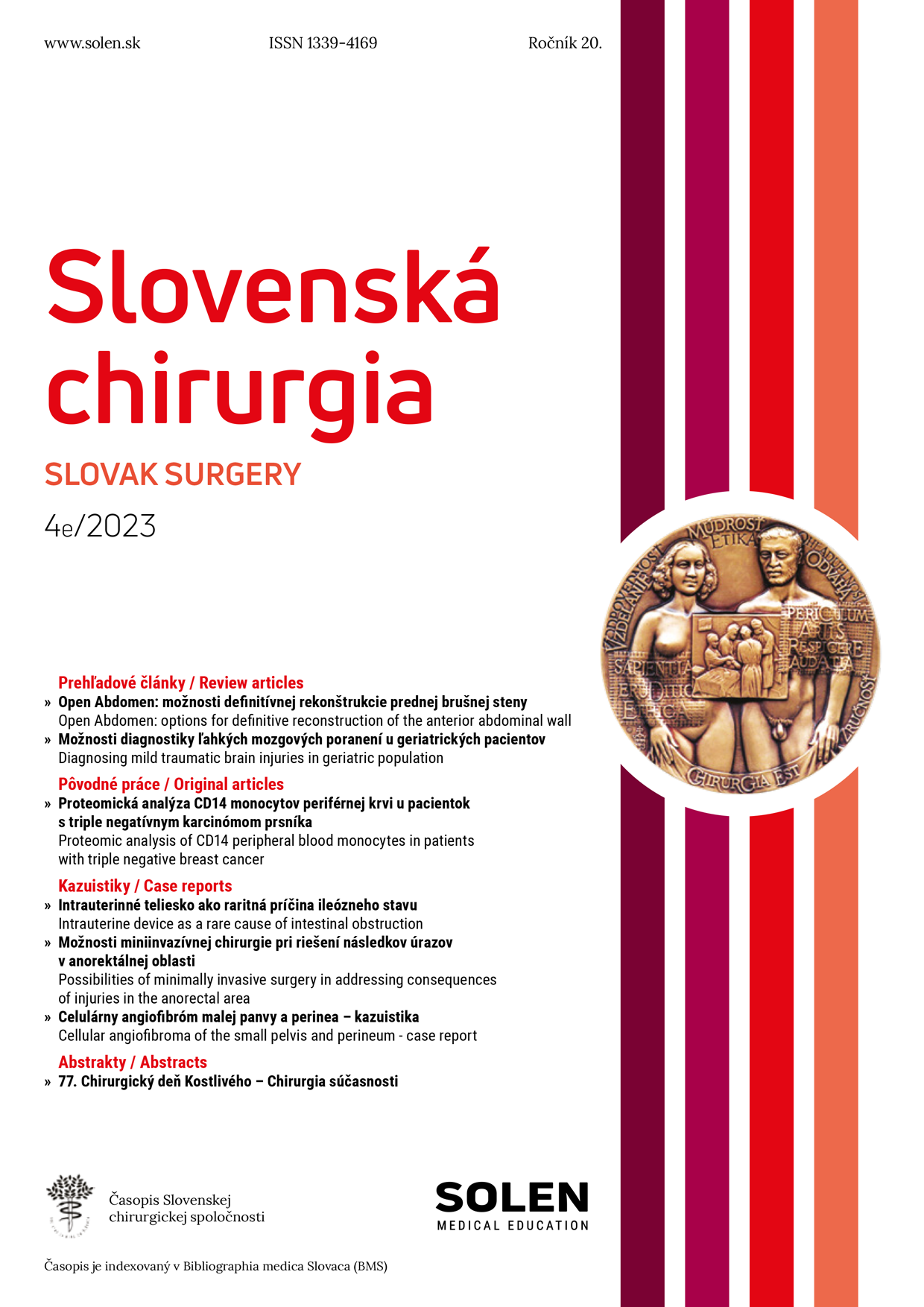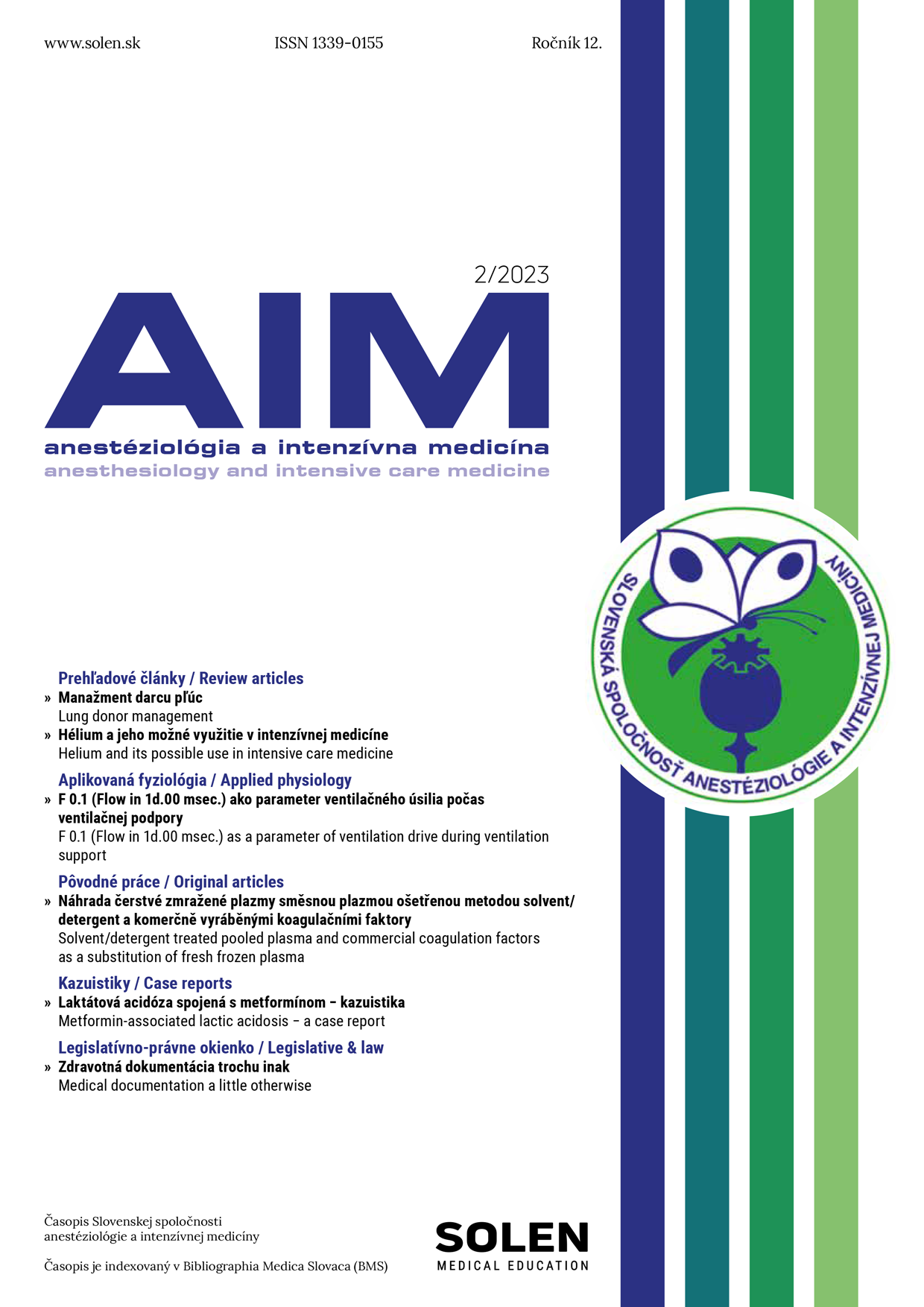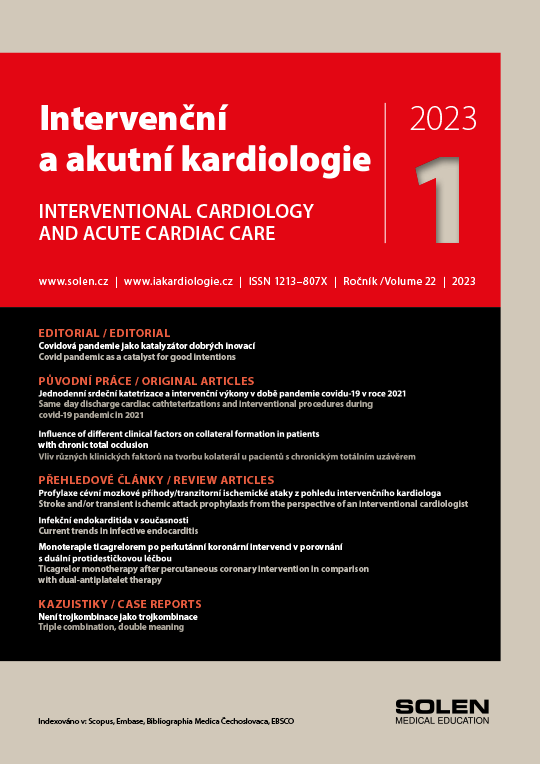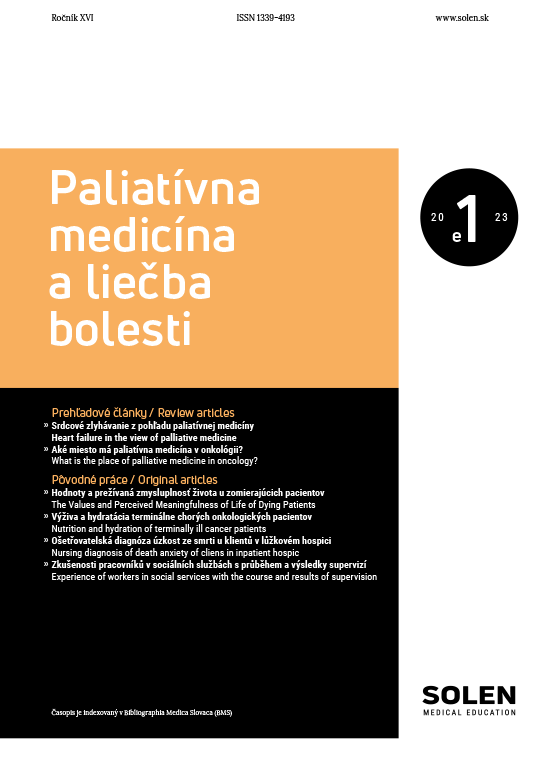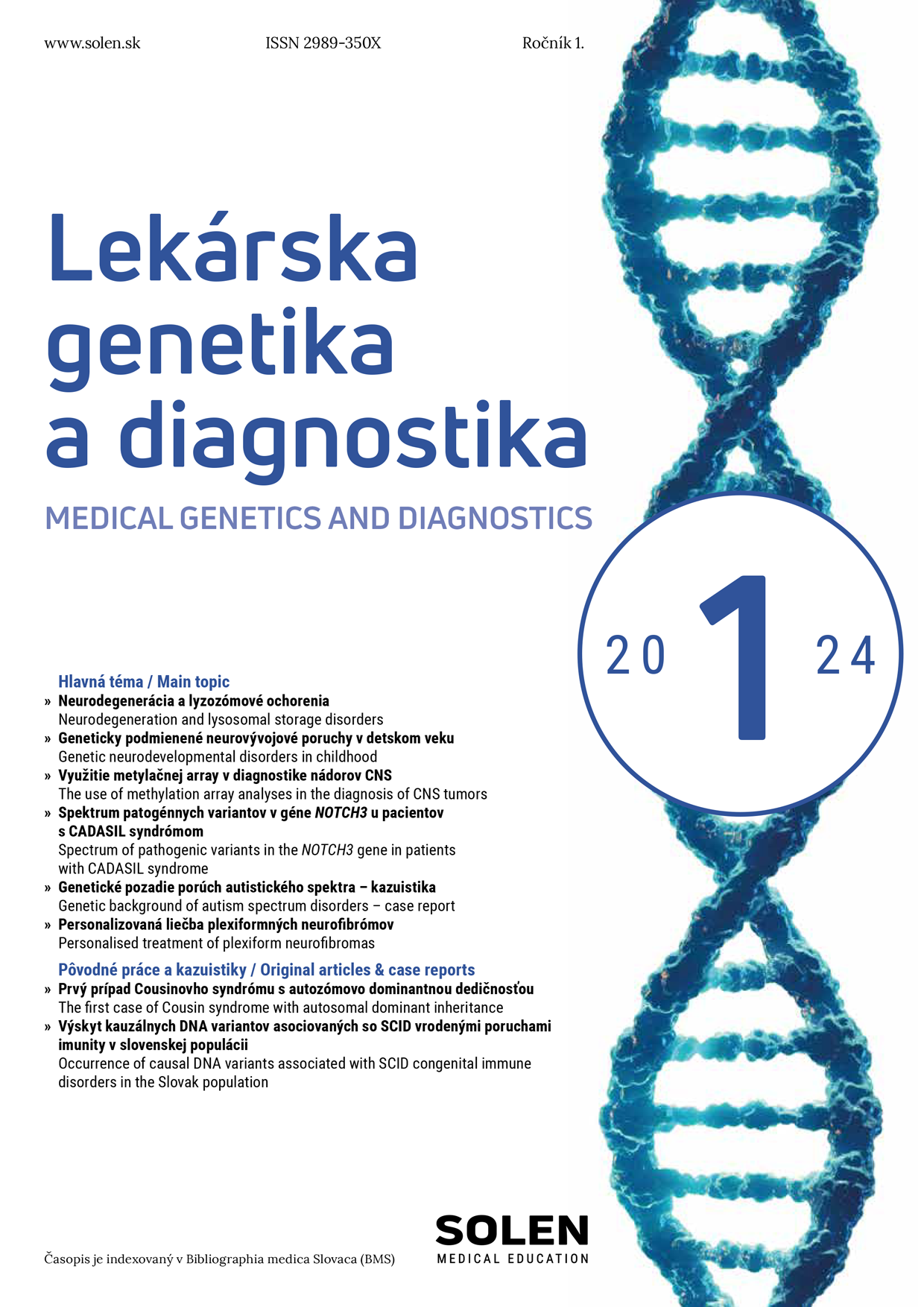Anestéziológia a intenzívna medicína 1/2013
Infekcia vírusom chrípky A/H1N1 u tehotnej ženy – kazuistika
MUDr. Štefan Krbila, PhD., MUDr. Viliam Soboňa, MUDr. Tomáš Korbela, MUDr. Katarína Arpášová
Jednou z najobávanejších a vôbec nie ojedinelých komplikácií chrípkovej infekcie vírusom A/H1N1 je globálna respiračná insuficiencia s rozvojom ALI/ARDS, len minimálne reagujúca na naše liečebné intervencie. Významným rizikovým faktorom tejto infekcie je gravidita, a to najmä pre zmeny vo fyziológii imunitného systému. V rámci terapeutických postupov sa ukazuje suplementácia exogénneho surfaktantu ako jednou z možných efektívnych alternatív. Na KAIM FNsP Nové Zámky bola hospitalizovaná 22-ročná pacientka v 30. týždni gravidity, s potvrdenou infekciou A/ H1N1 s obrazom ťažkej globálnej respiračnej insuficiencie, s respiračným indexom 82 mmHg a s rozvojom ARDS verifikovanom na CT vyšetrení pľúc. Aj pri intenzívnej liečbe s UPV u pacientky pretrváva refraktérna hypoxémia, preto graviditu ukončujeme predčasne, cisárskym rezom, a napriek „off-label“ indikácii sa rozhodujeme pre podanie surfaktantu. Po jeho opakovanom podaní dochádza po niekoľkých hodinách k signifikantnému zlepšeniu respiračných a ventilačných parametrov, k regresii kondenzácií pľúcneho parenchýmu, ako aj známok ARDS v CT obraze.
Kľúčové slová: ALI/ARDS, H1N1, exogénny surfaktant, respiračná insuficiencia.
Infection by influenza A/H1N1 in a pregnant woman – a case report
One of the most abhorred and yet not conclusively rare complication of influenza caused by A/H1N1 virus infection is supposed to be the global respiratory insufficiency with the development of ALI/ARDS, only marginally responsive to our therapeutic interventions.Pregnancy has become a significant risk factor of this infection, especially due to particular changes within the physiology of the immune system. In the context of therapeutic procedures available, the actual supplementation of the exogenous surfactant seems to be one of the possible effective alternatives. A 22 years old female subject at the 30th week of pregnancy was hospitalized at KAIM FNsP NZ with the confirmed infection of A/H1N1, severe global respiratory insufficiency, respiratory index of 82 mmHg and ARDS development verified on CT scans. Despite the onset therapy the actual refractory hypoxemia persists within the subject´s clinical picture, therefore we proceed to terminate the pregnancy prematurely through the cesarean section and notwithstanding the off-label indication, we administer the surfactant. After repeated doses administration, the significant improvement of respiratory and ventilation parameters was expressed and the regression of lung parenchyma condensation and ARDS signs within CT scans could be observed.
Keywords: ALI/ARDS, H1N1, exogenous surfactant, respiratory failure.


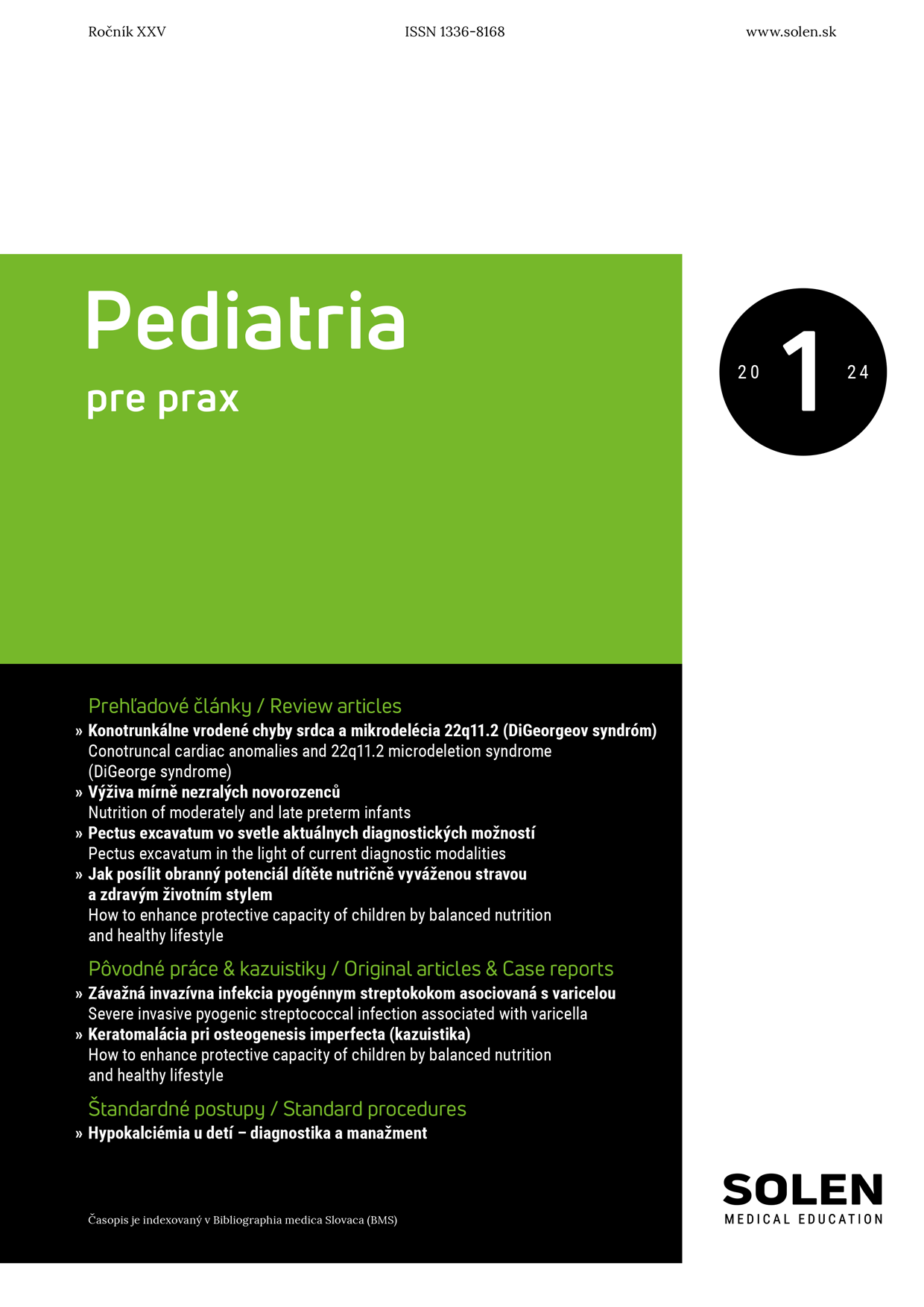
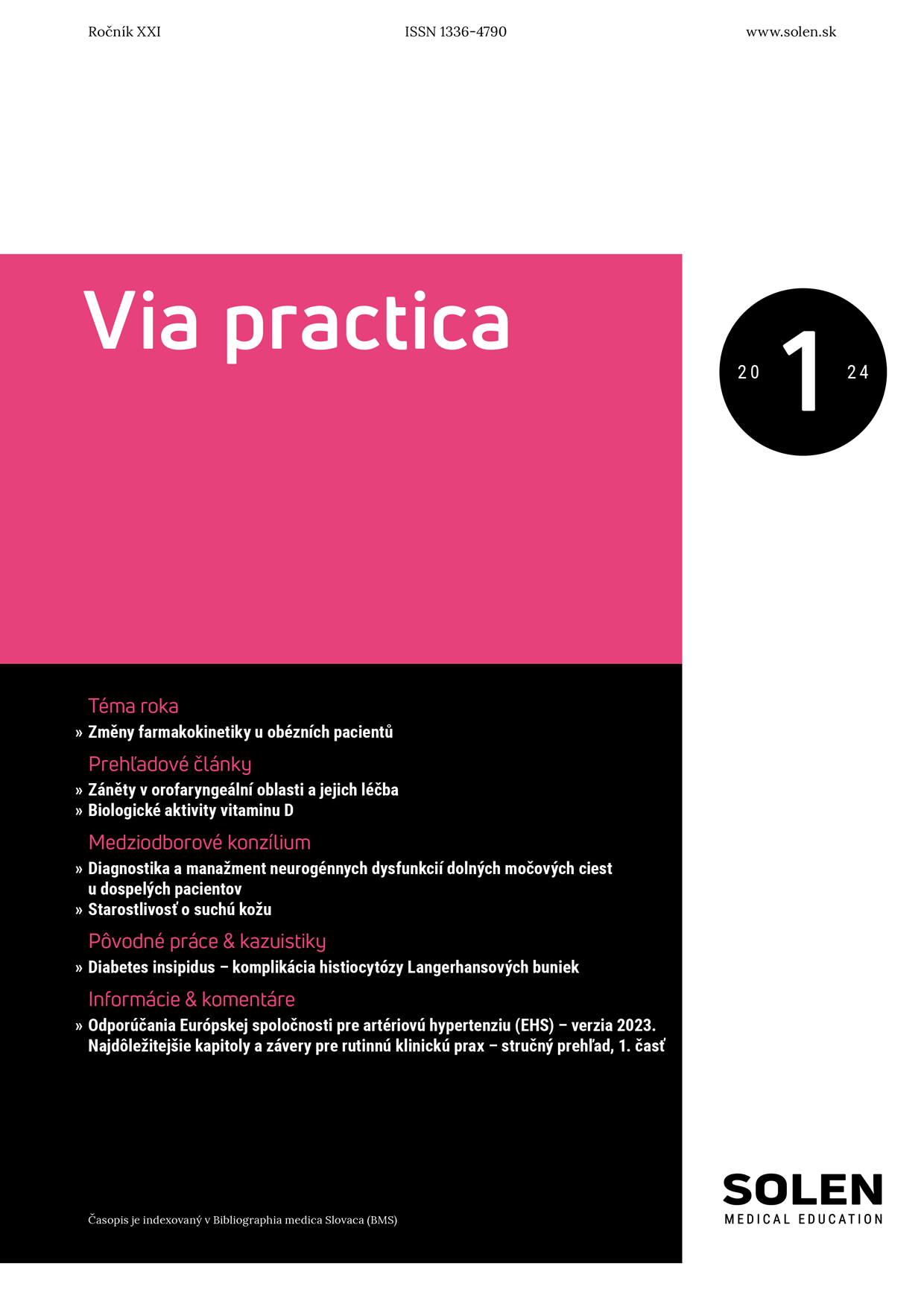
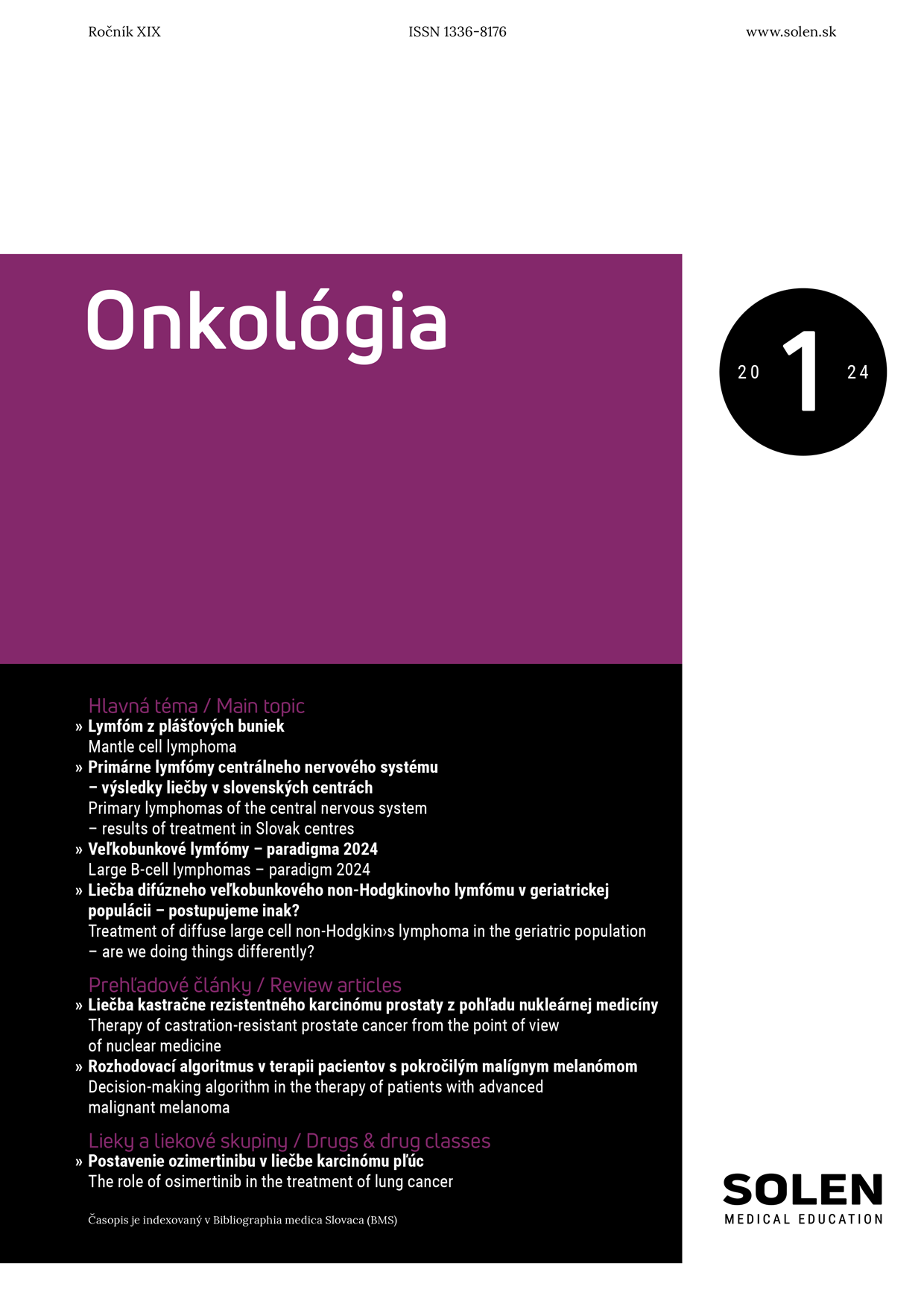
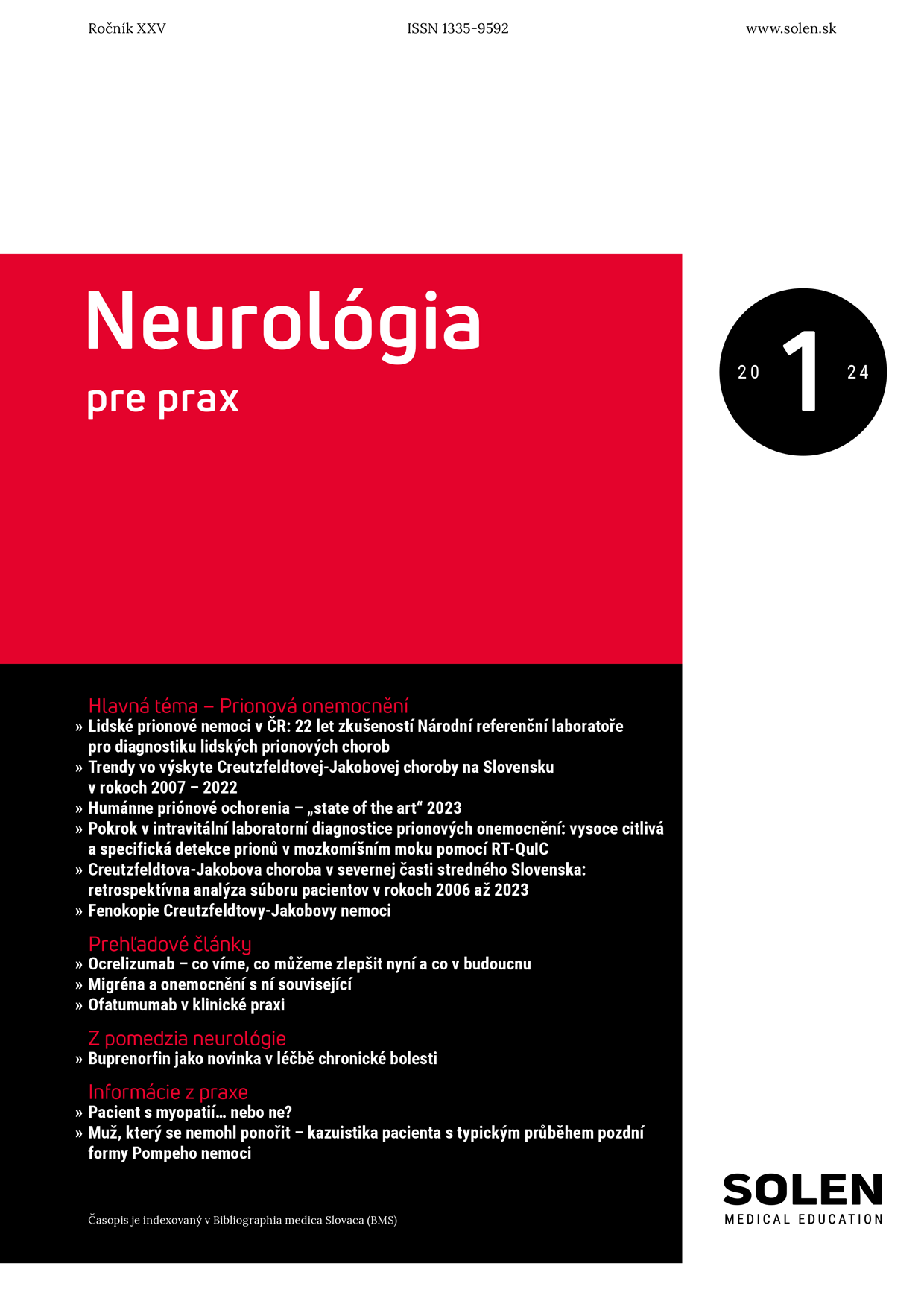
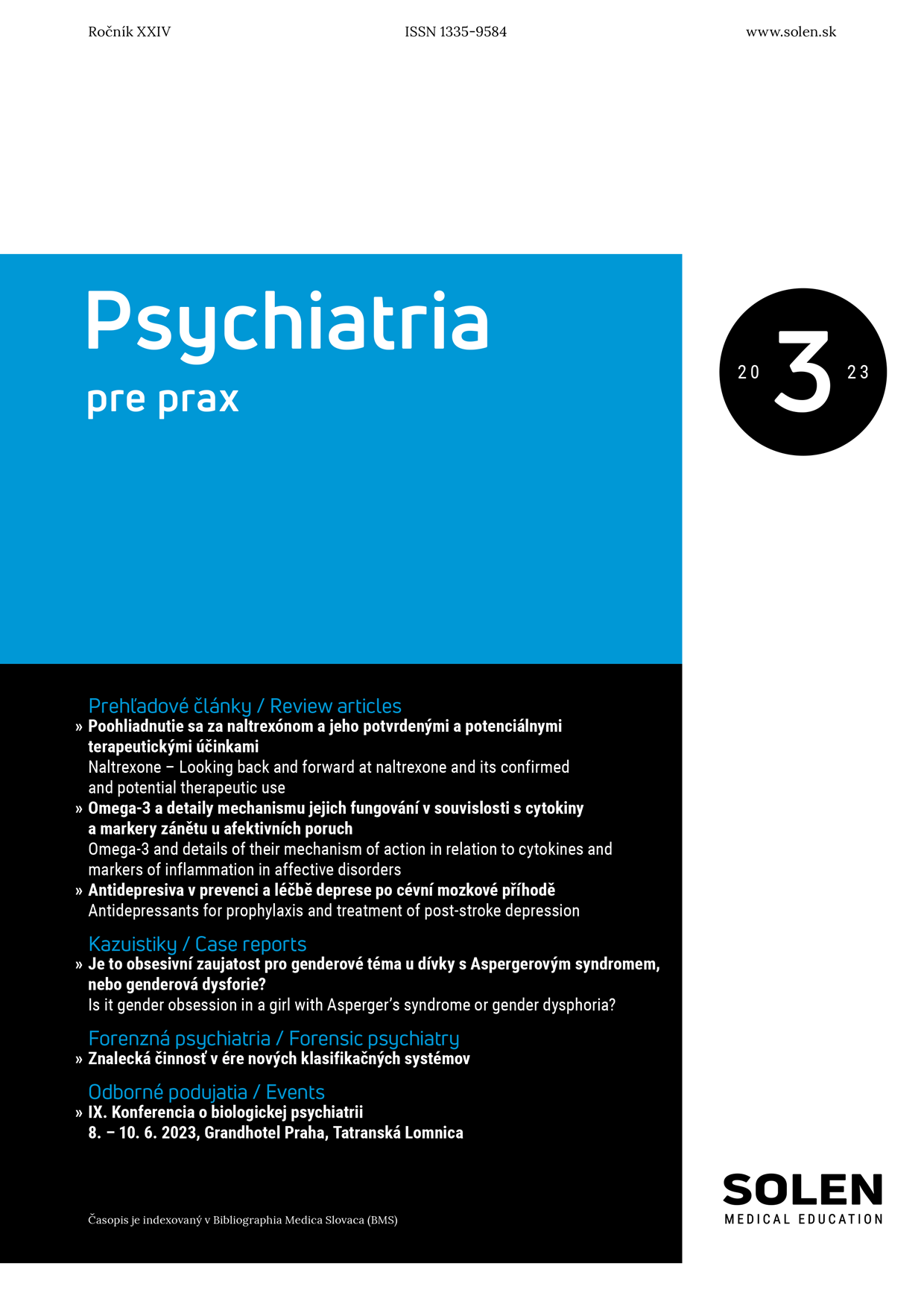
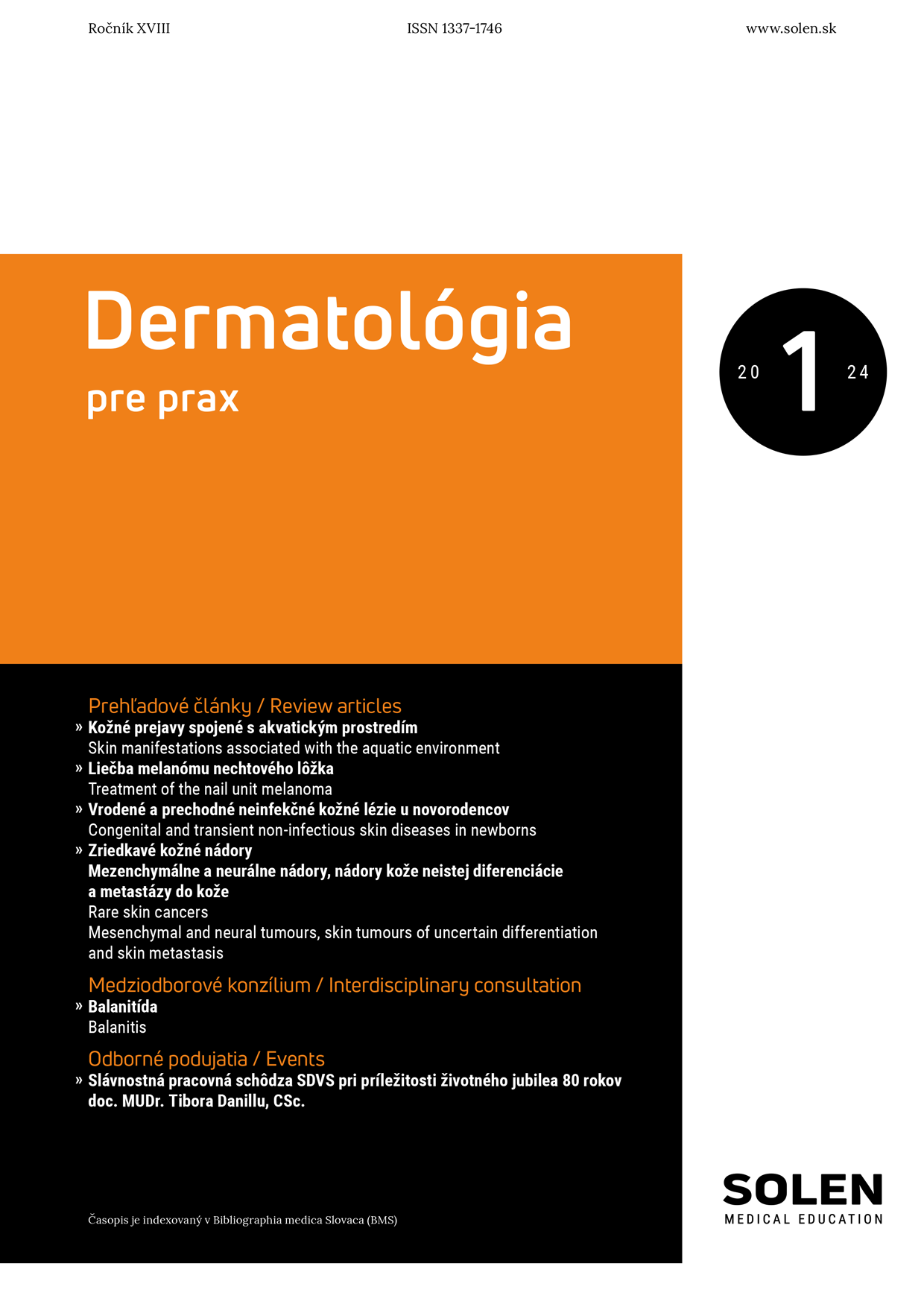
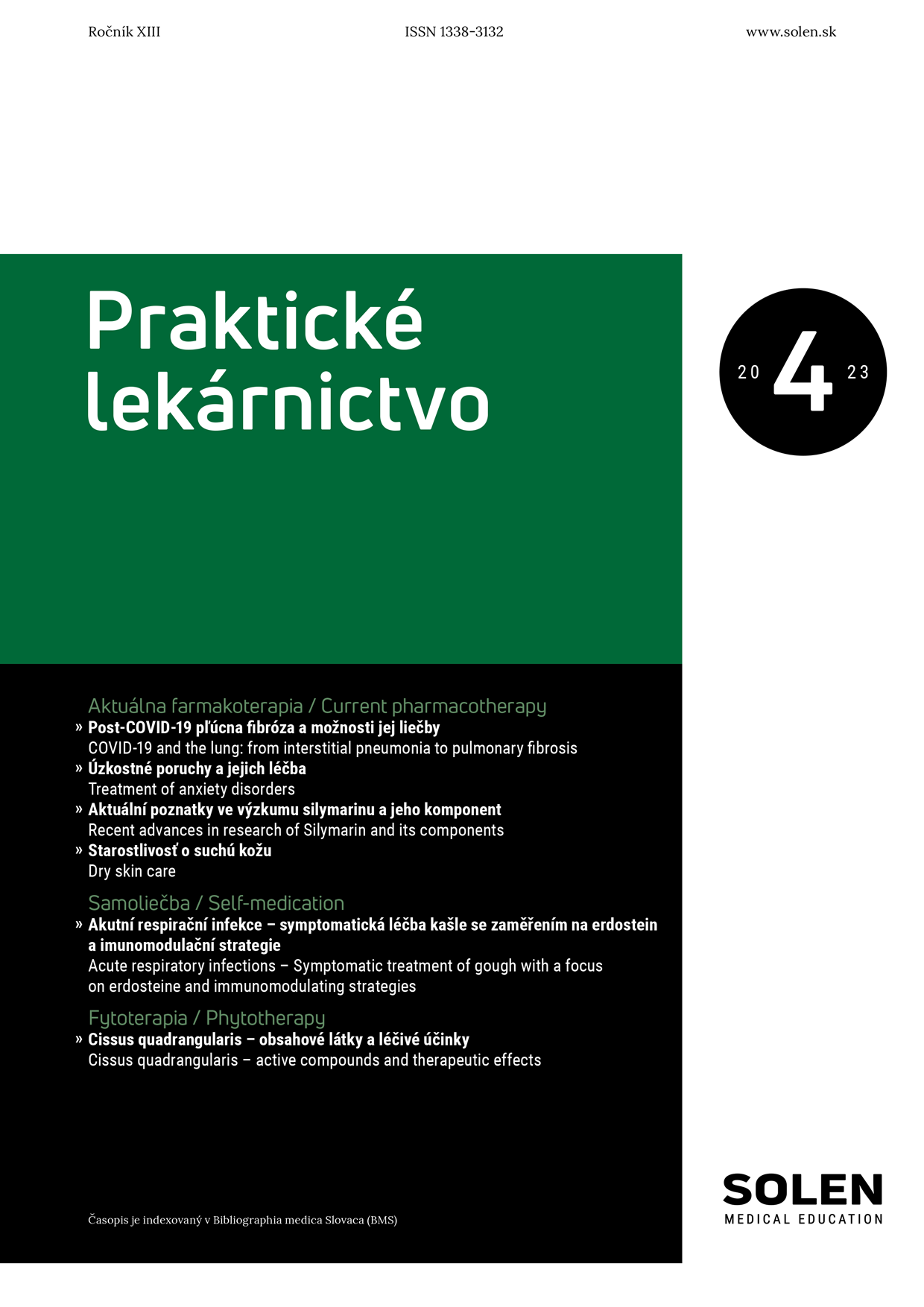
-1.png)
